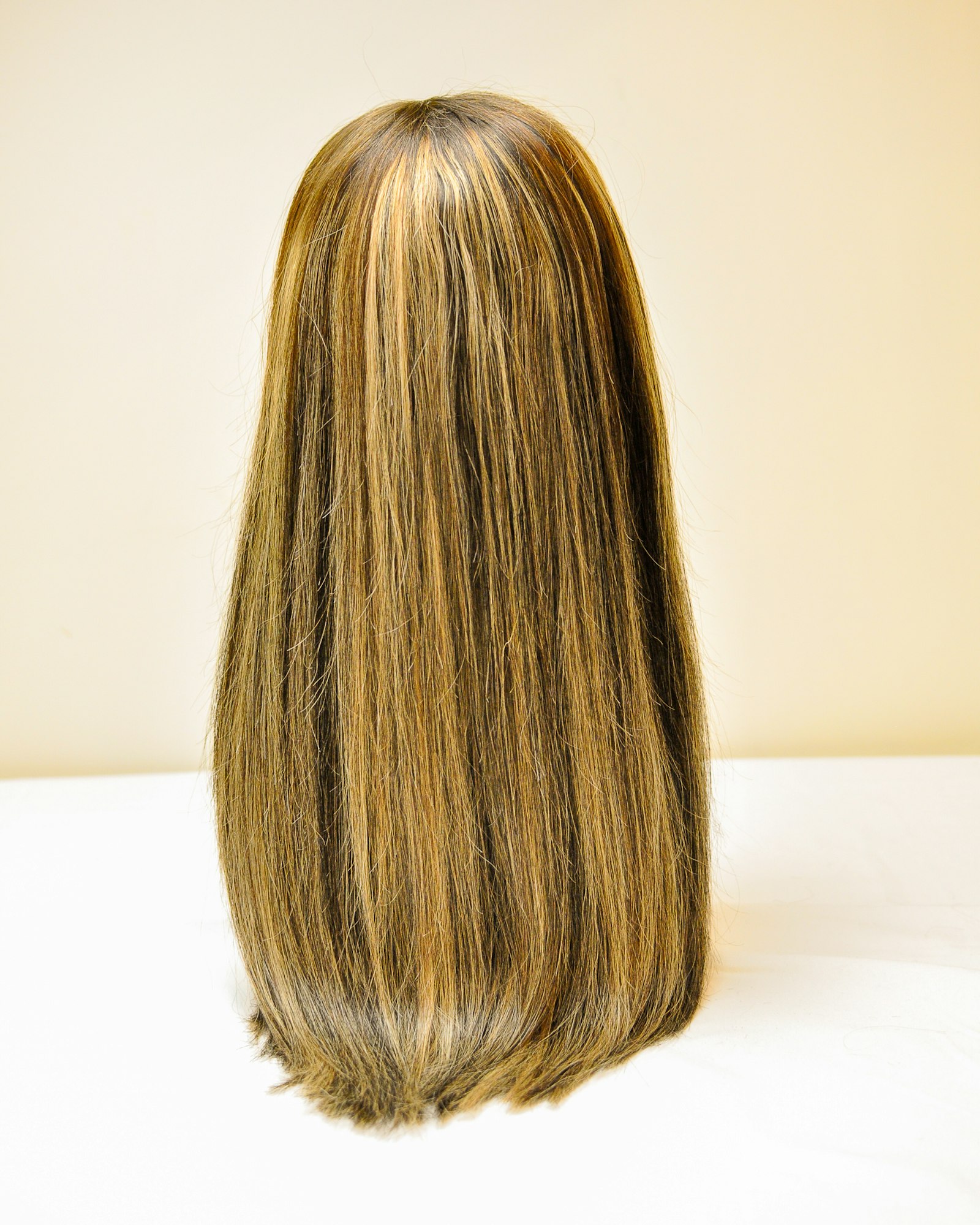Glass Straight Fine Hair

Photo: J Morgan / Unsplash
— Unsplash License
Glass Straight Fine Hair (Type 1A)
Quick look
- Type code: Type 1A — Glass Straight Fine Hair.
- Texture & porosity: Round fibers average roughly 50-60 micrometers in diameter and sit low on the porosity scale, so strands behave like smooth wire.1
- Risk factors: Heavy tension or aggressive thinning pulls these fibers out of the blade path and collapses the only weight anchoring the outline.2
- Tool pairing: Lock in the perimeter with a short micro-serrated bevel, then detail with polished convex blades and a 40-42 tooth blender strictly mid-shaft.2
Why it matters
Type 1A hair reflects every cut mark because the glassy cuticle offers almost no internal grip. Building the shape with supportive bevel work before switching to glide-friendly convex edges keeps the perimeter crisp while still allowing controlled movement where the interior can afford it.2
Technique map
- Set the outline in natural fall with a micro-serrated bevel and near-zero elevation so the strand cannot skate away from the edge.2
- Once dry, point-detail micro sections with a 5.0 in convex shear and feather-light tension to avoid carving gaps in low-density panels.2
- Float a 40-42 tooth blender through the mid-shaft only, leaving the last inch untouched so fullness stays pinned to the bottom line.2
- Finish with a nozzle-controlled blow-dry and a soft polishing pass to reseal the cuticle and preserve the mirror finish clients expect.2
Usage notes
- Relax finger tension before closing the shear; resting the section in the blades keeps fine strands from ejecting during the cut.2
- Frame the face with freehand micro panels in natural fall so sparse hairlines read denser and stay blunt.
- Audit each weight-removal pass—low-density hair only tolerates surface texturizing above the parietal ridge before the outline shows daylight.3
Maintenance / Client Care
- Schedule six to eight week perimeter dustings so the blunt line never frays.2
- Coach clients to mist volumizer at the scalp, then comb through mid-lengths to prevent product overload on the surface.2
- Direct airflow from root to tip with a concentrator a half-inch off the brush; this keeps the cuticle flat and the finish glassy.2
Related Types & Sources
Related hair types: Straight Hair with Swing (Type 1B), Dense Straight Heavy Hair (Type 1C)
Sources

